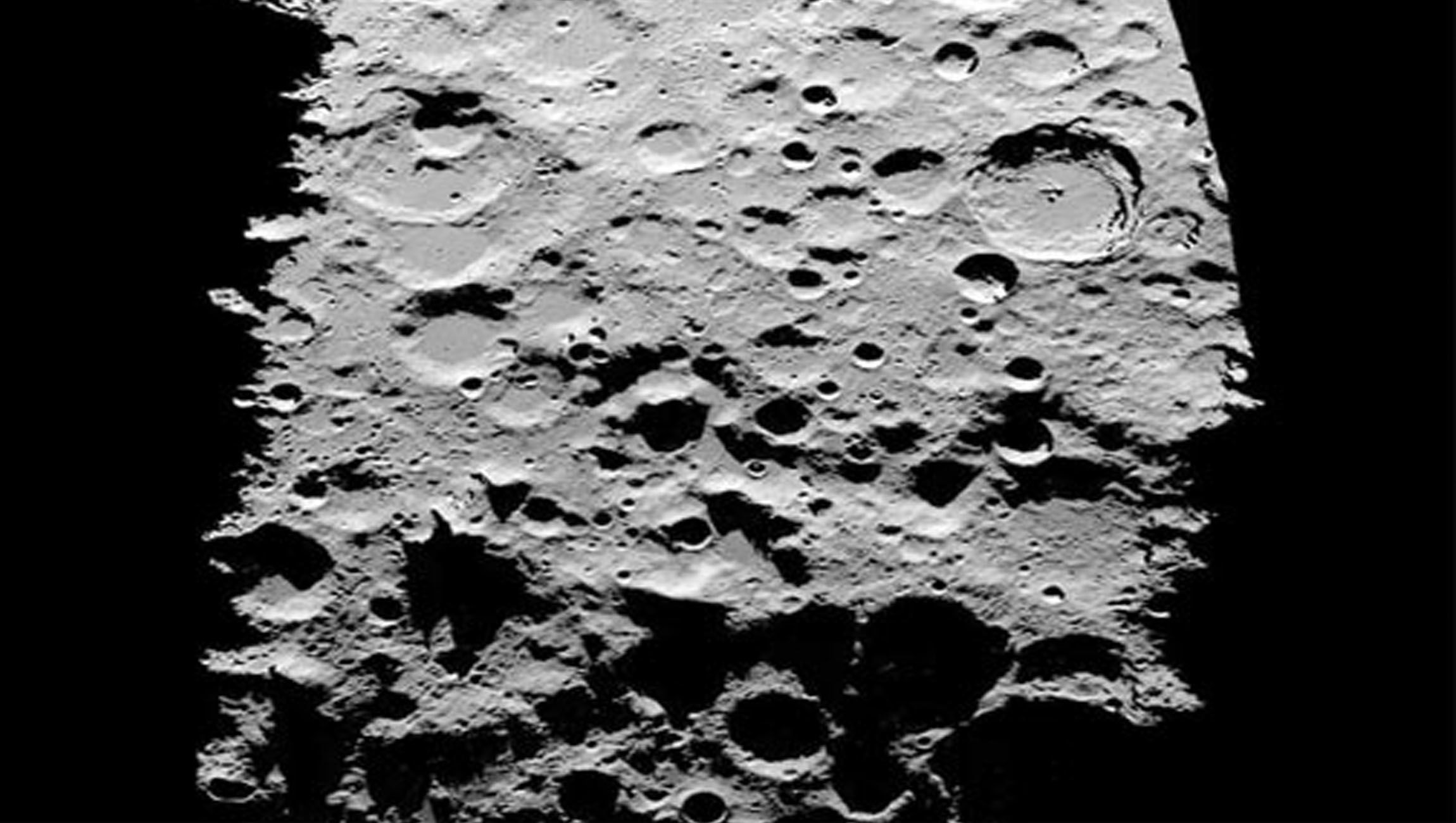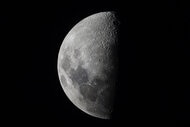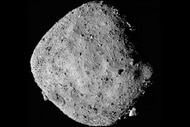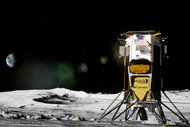Create a free profile to get unlimited access to exclusive videos, sweepstakes, and more!
Russia wants to put an observatory on the Moon to stalk incoming asteroids

Never mind the freezing temperatures — real estate on the lunar south pole is a hot commodity, especially when it comes to humans vying for space to build science instruments and, eventually, habitats. It’s apparently also a prime location to spy on asteroids.
Just in case we’re ever in danger of a Deep Impact moment, Russian space agency Roscosmos is looking at the underside of the Moon for a future base that will use powerful telescopes to keep their proverbial eyes on potentially lethal asteroids and comets. Roscosmos is also planning to add an extra line of defense with satellites that will give those telescopes an assist by tracking destructive objects as (relatively) close as the sun’s background and as far out as deep space.
"There are plans to install equipment on this [lunar] base to study deep space and special telescopes to track asteroids and comets that pose a danger of their collision with Earth," Alexander Bloshenko, Roscosmos Executive Director for Science and Long-Term Programs, recently told the Russian news agency TASS.
This isn’t just sci-fi paranoia. Last month, Roscosmos equipment observed a new asteroid that should belong in a disaster movie. This new rock is about the size of the Chelyabinsk meteor that penetrated our atmosphere in 2013. When that meteor, which was around the size of a six-story building, exploded over Chelyabinsk, Russia, the blast was stronger than a nuclear explosion and blazed brighter than the Sun. The immense shock wave it generated literally broke glass and injured a staggering 1,200 people.
Chelyabinsk is the reason that NASA’s Planetary Defense Coordination Office (PDCO), which uses data from its Near-Earth Object observations program to track threatening objects, exists. Anything that comes within 5 million miles of Earth’s orbit and is at least around 98-164 feet is considered a potentially hazardous object (PHO). The PDCO also communicates with the government about these objects so plans to mitigate potential impacts can be made. This will have to work until we can use more advanced technology to get PHOs out of the way.
Roscosmos is just as determined as NASA to keep anything from crashing to Earth. This is why it set up an automated warning system, which uses optical-electornic stations in Russia, Armenia, and Brazil that monitor PHOs to see if any creep way too close. The system also watches out for space junk to make sure that satellites can float around without getting dented by a random piece of metal.
That new asteroid didn't break Earth’s atmosphere, but it still zoomed an unnerving 87,000 miles away from Earth. That sounds like a legit enough reason to boost your defenses.
(via TASS)














